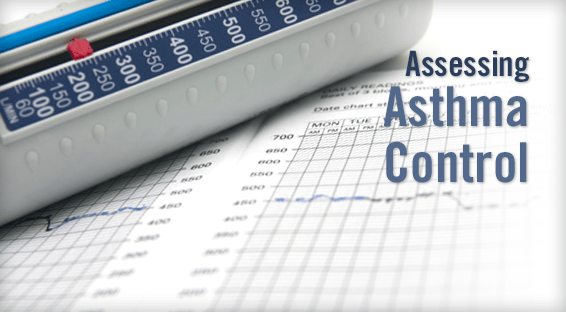The Asthma Control Test (ACT) has long been used as a quick survey to assess how well asthma symptoms are controlled among patients aged 12 and older, while the Childhood ACT (CACT) is used for such testing in younger children. More recently, the Asthma APGAR system has emerged as an alternative to ACT/CACT because of an implied ability to assess asthma control and reasons for inadequate control. However, little is known about how the Asthma APGAR system compares with ACT/CACT in the assessment of asthma control.
Comparing Tests
For a study published in Mayo Clinic Proceedings, Barbara P. Yawn, MD, MSc, MSPH, and colleagues sought to compare the impact of the Asthma APGAR system versus that of ACT/CACT on patient outcomes. Participants required daily asthma therapy and were asked to complete ACT in written form, several other asthma-related questions, and then the Asthma APGAR test. Children aged 5 to 11 completed the CACT, often with help from a parent.
“The ACT and APGAR tests are highly comparable,” says Dr. Yawn, whose study results showed an overall agreement of 84.4% between the tests. “However, ACT doesn’t identify factors that may contribute to poorly controlled asthma. In contrast, the APGAR test was able to identify an actionable item for asthma control in more than three-quarters of cases. For pulmonologists, this can help speed up care by informing us about where to look for problems. The Asthma APGAR system was designed to not only help identify poor or inadequate control, but also to highlight the most common reasons why it isn’t under control. Our study demonstrated that the Asthma APGAR system could do that.”
Addressing Poor Control
♦ About 65% of patients in the study had asthma that was not under control, based on ACT/CACT and APGAR test results. “That’s higher than what we anticipated,” says Dr. Yawn. The study group also found that about 24% of patients had no controller medications.
♦ Nearly 77% of patients were only seldom or sometimes able to avoid identified triggers for their asthma.
♦ Approx. 35% of those who had been prescribed controller medications did not use them on a daily basis, instead using them as needed.
“Clinicians should consider using the Asthma APGAR System because it will help identify the next steps that should be taken when patients are found to have poor asthma control,” Dr. Yawn says. “Educating patients about their asthma triggers, the need for daily medication, and proper inhaler technique is also of great importance. Using a tool like the Asthma APGAR system can help start the educational process and steer these important discussions with patients.”



